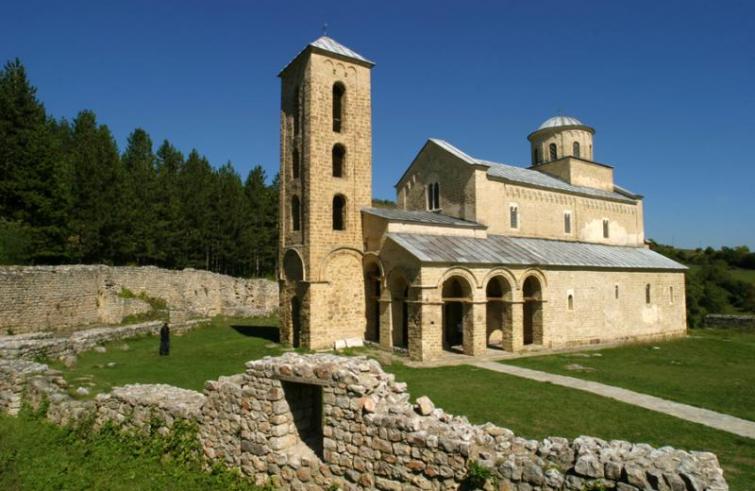
The ceremony held yesterday, April 18, at the headquarters of the European Institute of Cultural Routes in Luxembourg, a technical structure that promotes and supports the implementation of the Enlarged Partial Agreement of Cultural Routes of the Council of Europe (EPA), celebrated the Holy See as the 32nd member of the Agreement. The formal accession ceremony was attended by Msgr. Maurizio Bravi, Permanent Observer of the Holy See to the World Tourism Organization, who will represent the Holy See to the Governing Council of the Institute. By a pleasant coincidence the Holy See’s adhesion takes place in the European Year of Cultural Heritage. It’s a “significant” co-occurrence, Msgr. Bravi told SIR, although this adhesion is the result of a long process.
The Holy See signed the Council of Europe convention on culture in 1962,
that adopted the Enlarged Partial Agreement established in 1987 with the first certified Route, the pilgrim Route of Santiago de Compostela. “The Holy See, invited several times to be a member of the Agreement, decided in 2017 to follow the activity of this European Cultural Institute, tasked with implementing the programs of the Agreement, with the status of Observer.” At the end of the year the Holy See evaluated this possibility and decided to join as member State. With a letter released past March 21, Archbishop Paul R. Gallagher, Secretary for the Holy See’s Relations with States, informed the Council of Europe of the Holy See’s accession to the Enlarged Partial Agreement. In accordance with the established practice, the Secretary General of the Council of Europe Thorbjørn Jagland replied a few days later acknowledging the decision. Mons. Bravi, who last year took part in the activities of the Programme, shared his reflections: “I noticed widespread appreciation for the presence of a representative of the Holy See by those responsible for the recognized cultural routes and by representatives of the member States that have already signed up to the Agreement” In fact, through its permanent representatives, the Holy See closely follows the policies adopted by the Council of Europe, by the European Parliament and Commission, Bravi pointed out. As regards this specific initiative, “it’s a laudable initiative” because “it serves as a beacon illuminating European history and heritage, along with its rich, multifaceted cultural tradition grounded in common roots whence emerges a European identity that wants to be in the limelight and promote its history, mindful of the diversity of its cultural creations.”.
The adhesion signals a “more direct” involvement, in the awareness that “religious experience, and the Christian experience in particular, played a central role in the European landscape.” This is testified by the fact that
A high number of certified routes have a clear religious connotation
Starting with the Pilgrim Route of Santiago de Compostela. It was followed, added Msgr. Bravi, by the Via Francigena, by the St. Martin of Tours Route, by St. Olav’s Way, by the Transromanica that highlights Romanesque artistic expressions, whose main sites are churches. “These routes show that the Christian message was culturally transmitted throughout the European continent. Suffice it to remember the 400 thousand religious buildings present across Europe, and that most artistic heritage is sacred art – from Gregorian chants, to medieval Laude or literary artistic expressions such as the Divine Comedy. How can one understand the Divine Comedy without knowing Christianity? This shows that the roots of Europe are also, albeit not exclusively, Christian.”

















